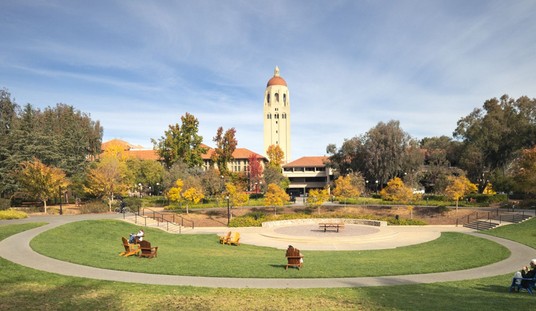Last year, long before the novel coronavirus came ashore here, New York City was already dealing with a massive homelessness problem. This was particularly noticeable in the subway stations, where many of the homeless would seek shelter either on the platforms or by endlessly riding the cars all night. That’s when the city’s Mass Transit Authority (MTA) leaped into action, developing a new plan that would supposedly use ten-person teams to “lure” the homeless out of the subways and into public shelters where they would have access to a variety of programs designed to help them.
The cost of the project was more than five million dollars, but the municipal government felt it was worth it if it would get people the help they need while simultaneously cleaning up the subways and making them safer. But now, the Inspector General’s office has finished a review of the program and deemed it to be a very expensive flop. (NY Post)
The MTA’s multimillion-dollar effort to shrink the homeless population in the city’s subways has been an expensive bust, the agency’s watchdog says in a damning new report.
Complaints about vagrants in the system surged after the agency last year revamped its $5 million annual effort to get the unsheltered out of the subways and into shelters — while homeless-related train delays continued apace, MTA Inspector General Carolyn Pokorny’s office found.
The “very expensive” and “minimally effective” program cost at least $2.6 million in overtime on top of the contact — but 10-person teams of MTA cops and social workers from contractor Bowery Residents’ Committee lured just three transients out of the system per station per night, the report said.
As noted above, not only did the plan itself cost five million dollars, they eventually ran up an additional $2.6 million in overtime for the police who were part of the outreach teams. The OIG dispatched inspectors to monitor the teams’ performance and success rates, hoping to deliver good news to City Hall about the anticipated decline of homeless individuals in the MTA stations and on the trains.
Unfortunately, the OIG discovered that, on average, the outreach teams only managed to convince three homeless people per station per night to leave the area and come to a shelter for help. For every person who received help, there were literally dozens of others who refused and stayed put. Even worse, in the case of the few they did manage to lure to a shelter and provide services to, the majority of them wound up leaving the next day. And where did they wind up? Right back at the MTA stations.
Complaints about homeless people on the subways by the MTA more than doubled in February compared to the same period in the previous year. (And remember that this was before the pandemic outbreak got up to steam.) Delays in the running of the trains caused by the homeless spiked significantly as well.
As horrible as it may sound to say, this goes back to one of the principal tenets I’ve pointed to while covering the issue of homelessness. You can’t help people who don’t want to be helped. As well-intentioned and professionally staffed as some of these shelters may be, you’re not going to get people off of the streets voluntarily unless they are ready to come in from the cold. Your prospects are even worse if the people are suffering from mental illness and/or addiction problems.
So how does New York City tackle this problem once and for all? Don’t look at me. If I was that much of a genius I’d already be running for Mayor. But I do know that dealing with the homeless after they are on the streets is never going to solve the problem because the supply is essentially endless. We need to identify the main drivers causing people to wind up in a condition of homelessness and address those needs first. That way you slow down the flow into the pipeline.







Join the conversation as a VIP Member